In the mid-2010s, anime was thriving on dark, thought-provoking stories. Following the breakout success of Attack on Titan, audiences were hungry for series that combined visceral action with layered moral dilemmas. In 2014, Tokyo Ghoul seemed destined to be the next big hit, as an edgy, atmospheric blend of psychological horror and urban fantasy that captivated viewers instantly.
Sui Ishida’s manga offered exactly what fans craved: rich themes, unforgettable characters, and a gripping story that blurred the line between humanity and monstrosity. For a while, the Tokyo Ghoul anime adaptation delivered on that promise. Season one, while imperfect, introduced Ken Kaneki’s tragic transformation and the haunting moral complexities of his world. But when season two arrived, things took a dramatic turn for the worse.
Tokyo Ghoul was a Dark Masterpiece in the Making
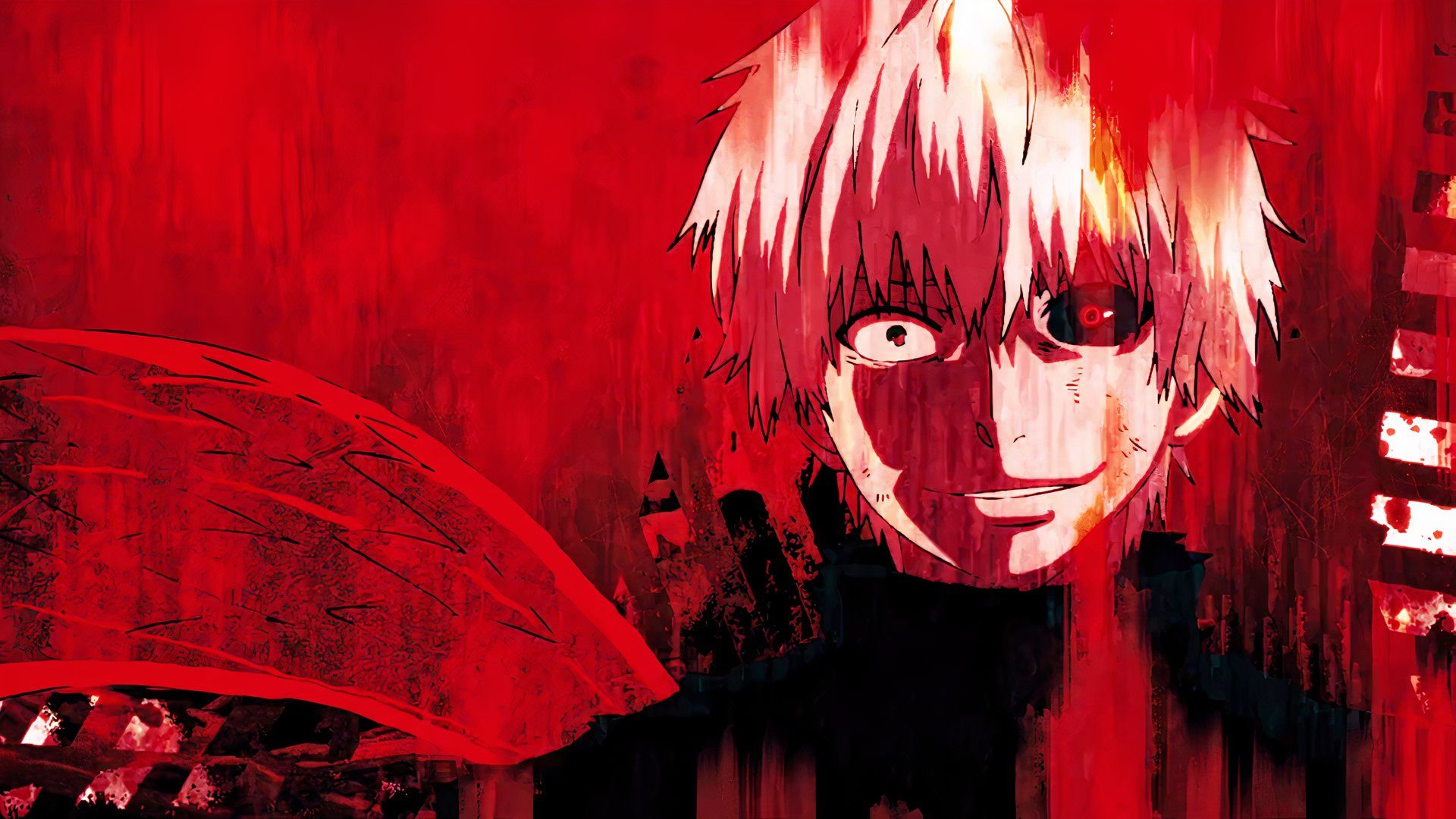
From its opening episodes, Tokyo Ghoul felt like a fully realized work of dark literature come to life. Its premise was simple yet profound: Ken Kaneki, an ordinary college student, becomes a human–ghoul hybrid after a chance encounter with a deadly predator. Suddenly, he’s caught between two worlds, with one that fears him and another that wants him to embrace the monster within.
The manga explored this duality with elegance, weaving in themes of identity, prejudice, and survival. Ishida portrayed ghouls not as mindless killers, but as people with their own dreams and families, forced into hiding by human fear and cruelty. Meanwhile, the C.C.G., an organization sworn to exterminate ghouls, often acted with the brutality of the very monsters they claimed to protect humanity from.
Kaneki’s journey mirrored the kind of introspective character studies found in classic novels. His empathy, even for those society deemed monsters, made him a compelling protagonist. Readers watched as trauma reshaped him through distinct stages of growth, each transformation pushing him closer to accepting his identity while grappling with the loss of his old life.
Tokyo Ghoul Season 1 was Flawed but Faithful
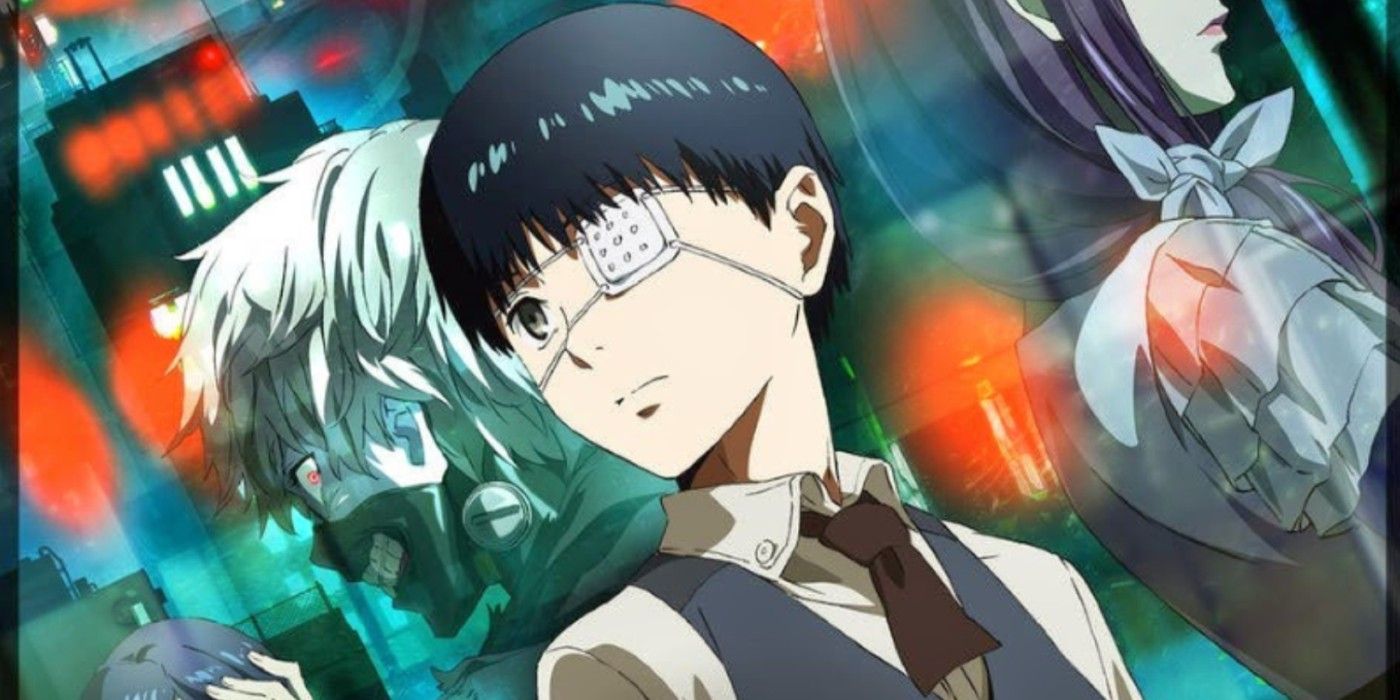
When Tokyo Ghoul debuted in July 2014, Studio Pierrot had the challenge of condensing Ishida’s dense narrative into a single cour. While certain subplots were trimmed, the core emotional beats remained intact. Kaneki’s descent into the darker parts of Tokyo’s underworld was compelling, and the anime’s haunting aesthetic captured much of the manga’s tone.
The season’s finale, a brutal and unforgettable sequence that cemented Kaneki’s transformation, promised even greater things ahead. Viewers expected the next installment to expand on the intricate web of characters, factions, and philosophical conflicts Ishida had laid out in the source material. Instead, season two chose an entirely different, and far less satisfying, path.
Tokyo Ghoul’s Derailment Started with Season 2
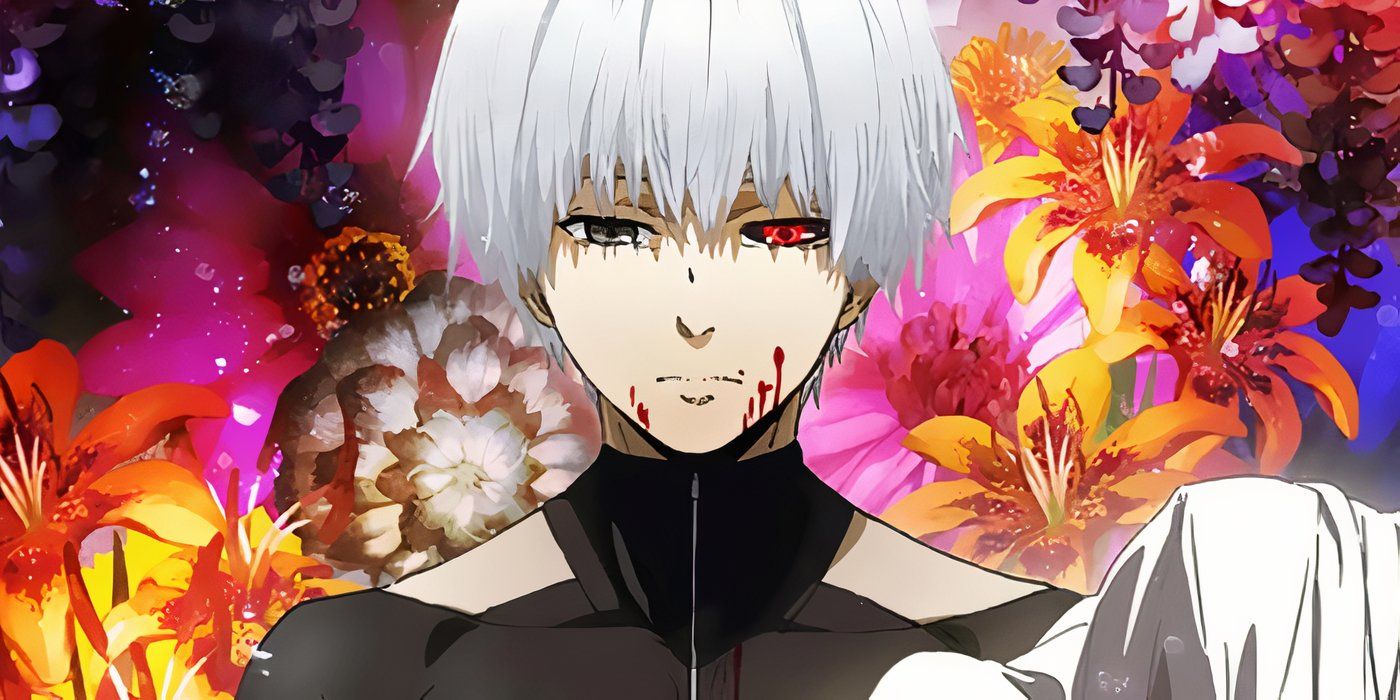
Rather than following the manga’s carefully constructed storyline, season two, titled Tokyo Ghoul √A, veered into original territory. Major arcs were skipped, character motivations were altered, and entire relationships were left underdeveloped. What had been a complex, layered narrative became a muddled and often incoherent sequence of events.
One of the most glaring deviations involved Hide Nagachika, Kaneki’s loyal best friend. In the manga, Hide’s fate was left ambiguous, creating tension and mystery that paid off later. The anime, however, opted for a conclusive, and poorly executed, death scene that robbed the story of emotional depth and undermined Kaneki’s motivations.
Without these layers, the Tokyo Ghoul anime’s moral ambiguity gave way to generic conflict, and the carefully crafted themes of humanity and monstrosity fell apart.
Other characters suffered similar fates. Development arcs for figures like Koutarou Amon and Eto Yoshimura were drastically reduced, stripping them of the nuance that made them so integral to Ishida’s vision. Without these layers, the Tokyo Ghoul anime’s moral ambiguity gave way to generic conflict, and the carefully crafted themes of humanity and monstrosity fell apart.
The Fallout and Unfulfilled Potential of Tokyo Ghoul’s Anime
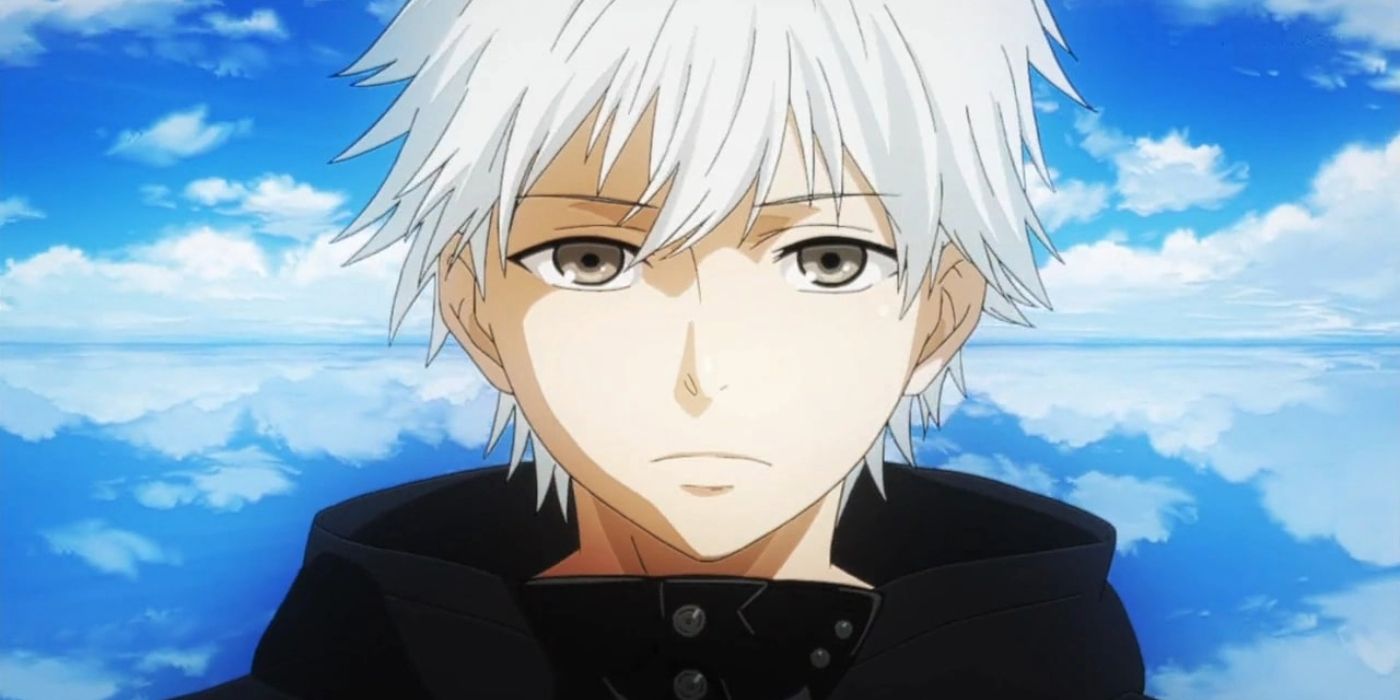
Fans were quick to notice the decline. Where season one had inspired heated discussions and close readings of its symbolism, season two often left viewers confused or frustrated. The tonal and narrative shifts alienated manga readers and failed to win over anime-only audiences, leaving the adaptation with a fractured fanbase.
Later attempts to correct the course, such as the Tokyo Ghoul:re anime, only highlighted how far the story had strayed. While some plot points were reintroduced, the damage was already done. The rich tapestry Ishida wove in the manga had been replaced by a patchwork of rushed storytelling and missed opportunities.
In the end, Tokyo Ghoul became a cautionary tale in adaptation. It showed how a single creative misstep could derail a promising series, especially when deviating from a source material as meticulously plotted as Ishida’s.
Why Tokyo Ghoul Deserves Another Chance
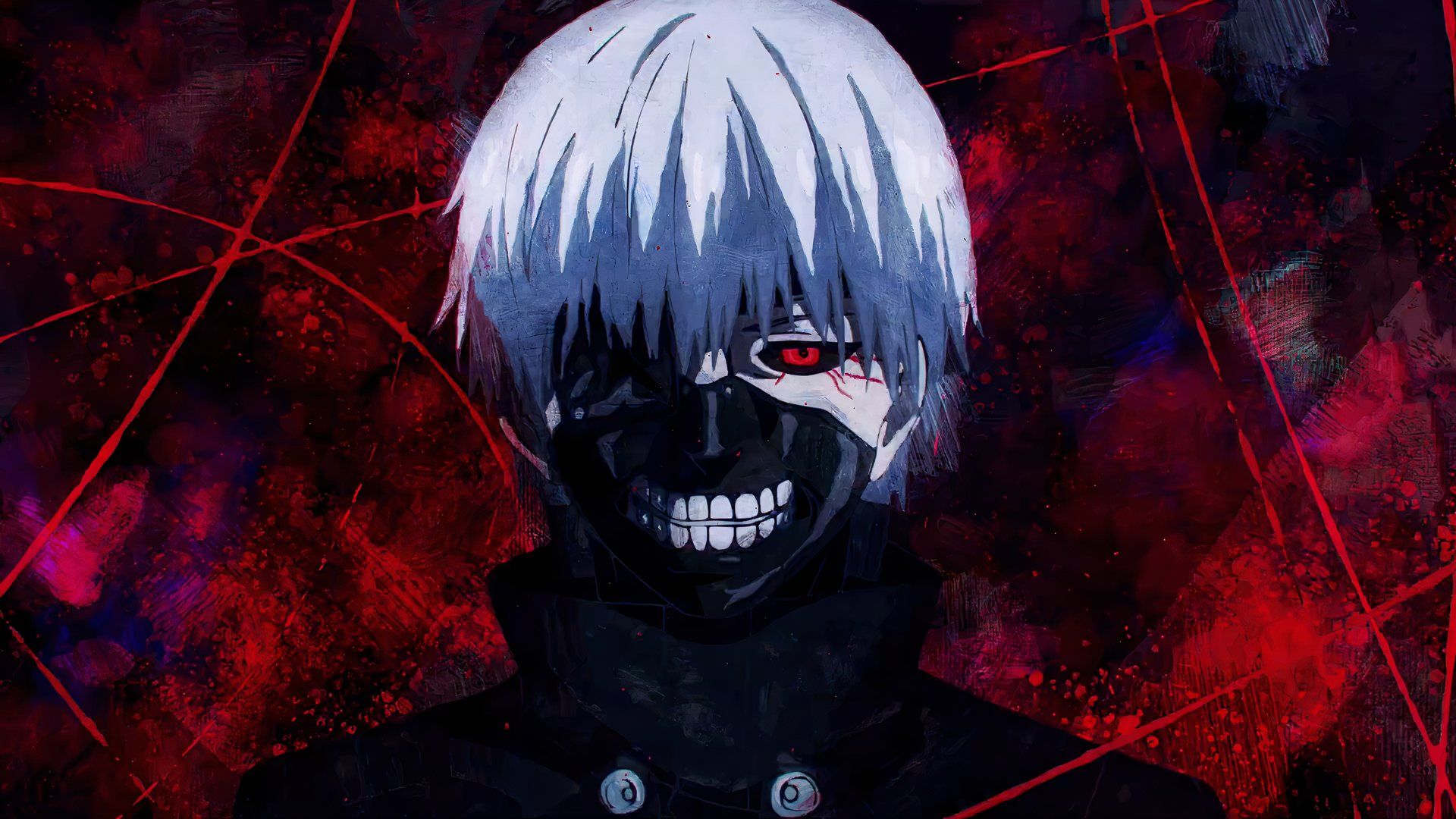
Despite its flawed anime run, Tokyo Ghoul’s original manga remains a masterclass in dark storytelling. Ishida’s writing is layered with literary references, from Kafka’s The Metamorphosis to Dazai’s No Longer Human, that deepen the themes of transformation, alienation, and the search for identity. Each character, no matter how minor, undergoes meaningful development that ties back into the series’ central questions about what it means to be human.
A faithful reboot could restore the Tokyo Ghoul narrative’s depth, giving fans the adaptation they hoped for in 2014.
A faithful reboot could restore the Tokyo Ghoul narrative’s depth, giving fans the adaptation they hoped for in 2014. With today’s advancements in animation and a more careful approach to pacing, Tokyo Ghoul could finally receive the treatment it deserves, much like other anime that have been successfully reimagined for new audiences.
Until then, the best way to experience the story is still through Ishida’s manga. Its intricate plotting, thematic resonance, and emotional weight remain untouched by the missteps of its animated counterpart. For those willing to dive into its world, it’s a harrowing, unforgettable journey that season two of the Tokyo Ghoul anime never truly delivered.
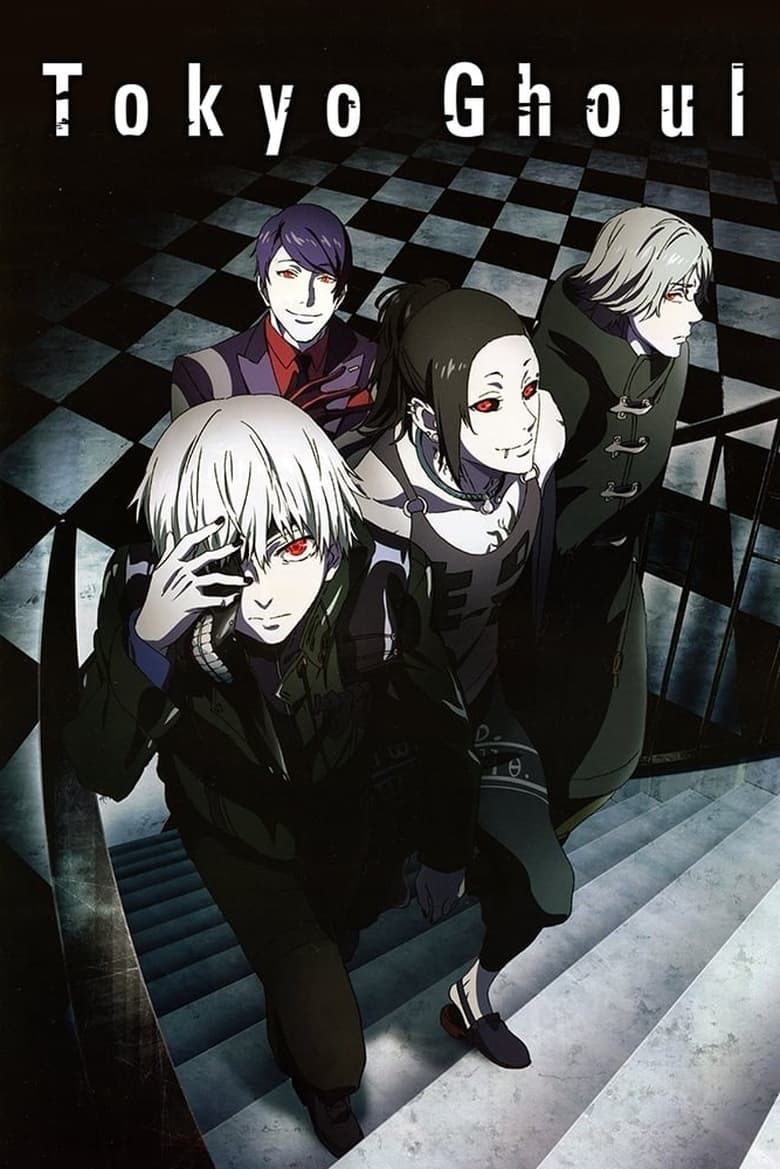
Tokyo Ghoul
Release Date
2014 – 2018-00-00
Network
Tokyo MX
Directors
Shin Matsuo, Taiji Kawanishi, Seo Hye-jin, Masayuki Matsumoto

Natsuki Hanae
Ken Kaneki (voice)

Sora Amamiya
Touka Kirishima (voice)


AloJapan.com